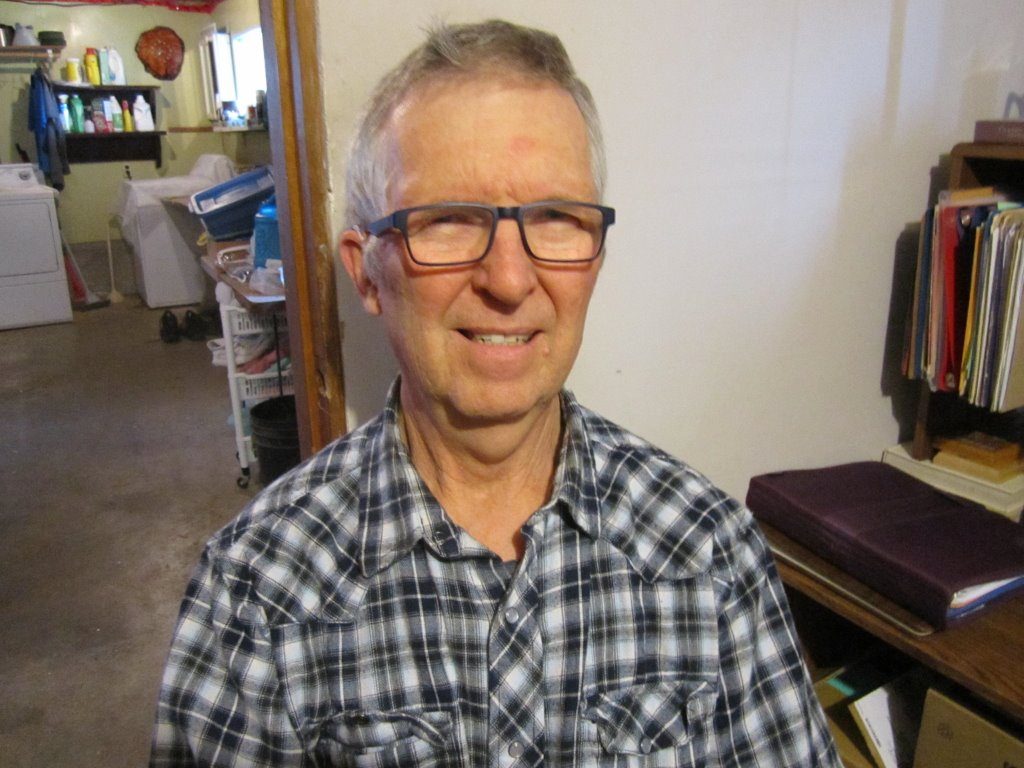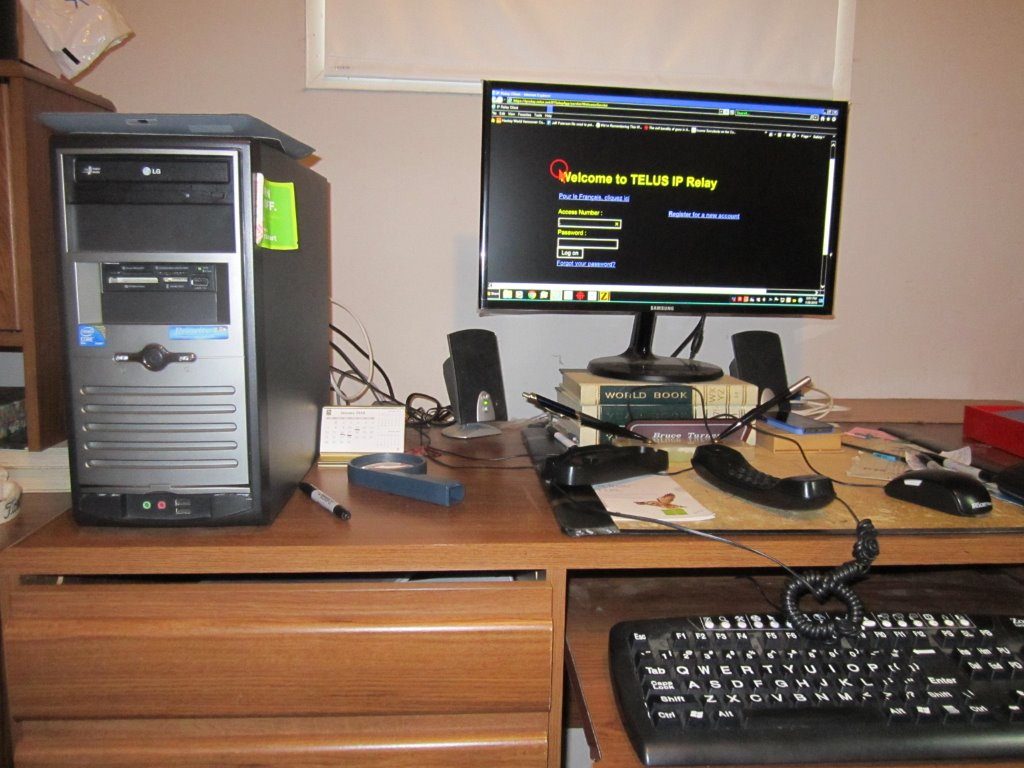For several years now, Knowbility has recruited people with disabilities to participate in usability studies. During that time, we’ve added hundreds of people from across the United States and beyond to our AccessWorks user testing panel, which partners testers with disabilities with companies interested in improving the accessibility and usability of their products. So, when a popular Canadian media company reached out to our AccessWorks team with a request for Canadian testers with different disabilities, we were prepared. Bruce Turner was one of these testers, and we’re proud to share his experience.

Born with retinitis pigmentosa and profoundly deaf, Bruce uses a variety of assistive technologies to get things done. He uses ZoomText, a screen magnification program to change the color scheme on his computer. Bruce prefers his text to be white on a black background.
To be more productive on the phone, Bruce uses a relay service. An operator types what is heard on the line, Bruce reads it, and then he responds. It was with this suite of technology and the marvels of off-the-shelf video conferencing software that Bruce successfully completed the usability study. The retired civil servant credits today’s tech in playing a role in promoting social and economic integration.
“If I didn’t have this technology in front of me I don’t think I would be doing as well as I am,” Bruce said. “This technology I wish the heck I had when I was younger. I like the fact that I can do email, I can go online, I can do my banking, I can talk to people, I can communicate.”

Bruce says he enjoys learning how to accomplish tasks online, for example, the steps that are needed to arrive at a website’s homepage.
“It’s like playing a brand-new game for the first time, not knowing what to do, but simply getting there and getting my feet wet and see what I can do,” Bruce said.
Bruce first heard about AccessWorks via a post on the website of Get Together with Technology (GTT), a program run by the Canadian Council of the Blind. Though at first leery about the program’s claims—that people with disabilities could earn extra money working as usability testers—GTT’s Albert Ruel reassured him that Knowbility could be trusted.
“Bruce did a great job! He provided us with a different perspective. He actually helped us to consider other ways of communicating….and we actually did it….we were so thrilled. We learned so much and as a result, we feel very confident going into it!” Marine Menier, AccessWorks Project Manager, said.
Bruce was born and raised in Kamloops, British Columbia. He graduated from the University of Victoria in 1973 and worked for the Canadian federal government for 35 years. As a child, he attended school alongside people of many different ethnicities and varying abilities. He feels that this has influenced his attitudes towards inclusiveness.
“The way I look at the word inclusiveness is getting along with people who have all kinds of disability,” he said. “People who are blind, people who are low vision, people who are deaf, we all share a little bit of everything.”
He considers Knowbility’s usability tester program a force for good, both for companies that need knowledge about the accessibility of their products and for people with disabilities who want to help make websites more accessible.
“The AccessWorks program also increases the self-esteem of those who participate, and that is an important benefit,” he added.
Now retired, Bruce lives with his wife in Victoria, British Columbia. In addition to reading online articles from ZDNet and GTT to learn about the latest tech, he enjoys photography, gardening, and taking walks along the Gorge Waterway, a scenic inlet near his home.
